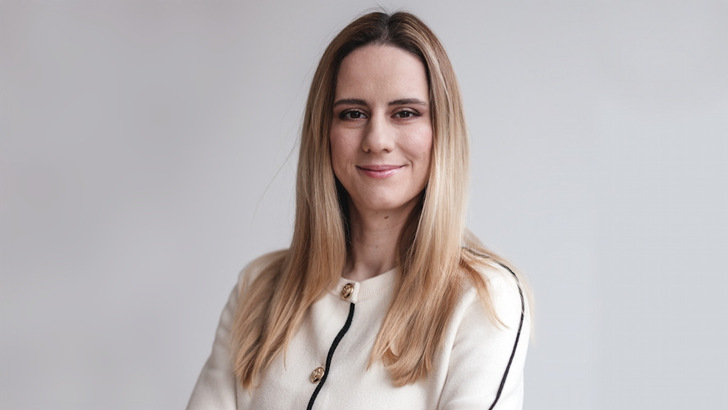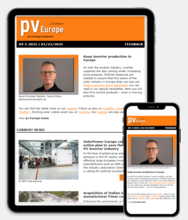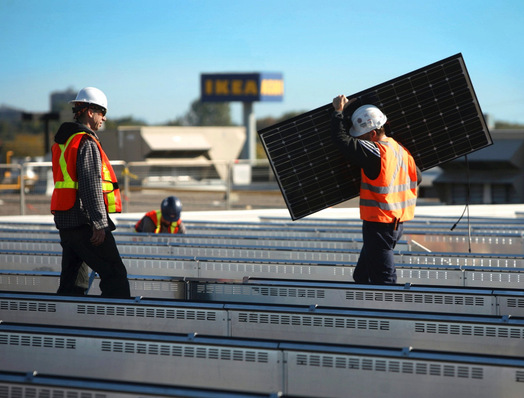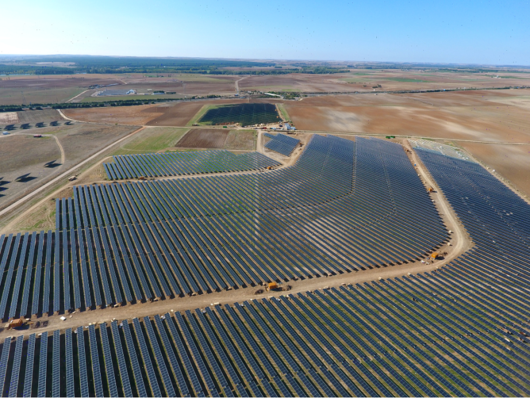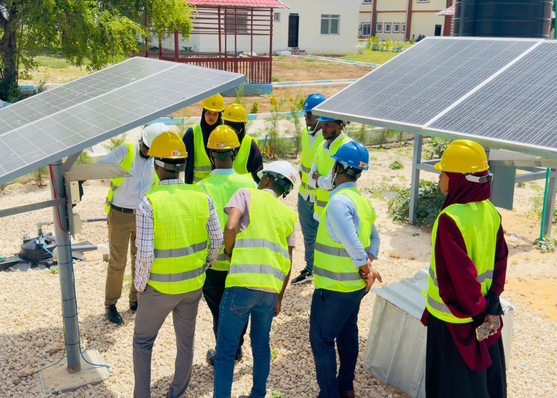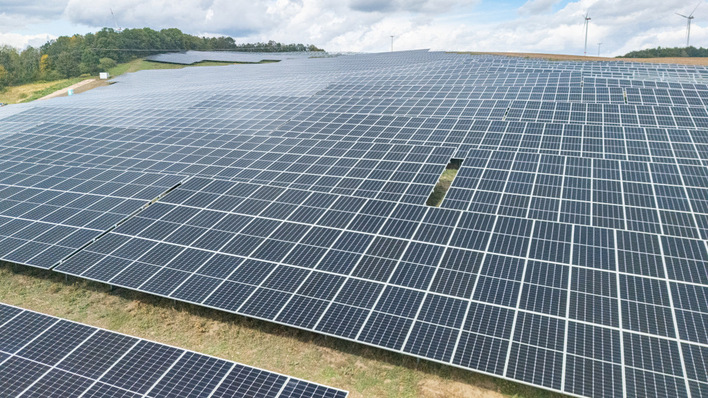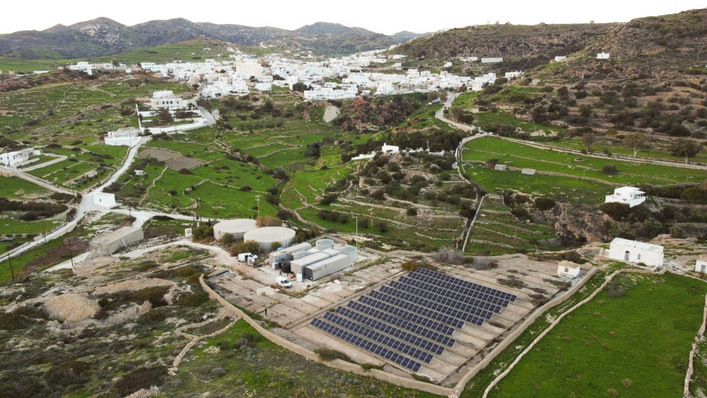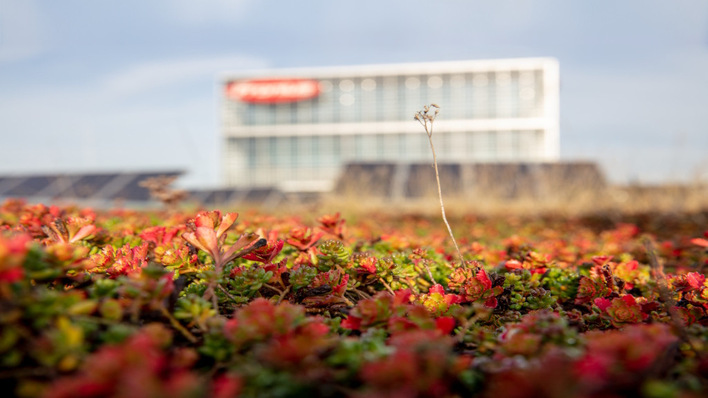Although it is headquartered in the Netherlands, sun.store has both its roots and core team in Poland. The company is raising the bar on delivery transparency, 24/7 shop access and streamlined purchasing for installers across Europe. Read part two of the interview to learn more about the opportunities photovoltaics will offer in Europe in the years ahead.
How has your business developed in Central and Eastern Europe?
The CEE region was foundational to our growth – it’s where our team, early adopters and trusted partners come from. But over time, we’ve expanded westward. Today, Western Europe, particularly Germany and the Benelux region, plays a key role in our volume and revenue. That said, we remain deeply connected to the CEE region, and our infrastructure supports buyers and sellers from across Europe.
What are your priorities in each country?
While there are local nuances, we observe a broader trend across Europe: increasing interest in solar-plus-storage, especially in the residential and commercial rooftop segments. Utility-scale projects are also growing in specific countries, but small and mid-sized C&I installations are gaining momentum nearly everywhere.
Nina Hojnik of ZSFV: “The focus has been on shaping the legal framework”
How do the Polish roots affect your business, if at all?
Our Polish origins give us a strong base in Central Europe, but we operate with a pan-European mindset. This balance allows us to redistribute supply – for instance, when demand slows in one country – like in Poland in early 2024 – we help local distributors and installers sell their inventory into higher-demand regions like Germany or the Netherlands. It’s a built-in hedge against local market fluctuations.
Steffen Emmerich of GOLDBECK SOLAR Polska: "You have to be perceived as a Polish company"
Where do you see growth opportunities in the next 12 to 24 months?
We see three clear short-term drivers: One is residential and small C&I storage solutions – these are in high demand, especially in countries with evolving net-metering policies or energy price volatility. The second is overstock clearance and arbitrage – as markets shift and inventories move, agile marketplaces like sun.store help suppliers find buyers for surplus or redirected stock quickly. The third is digital adoption. Many solar professionals are moving online for procurement. Our company benefits directly from this shift, offering a scalable and easy-to-use alternative to traditional channels.
Matjaž Grošelj of K2 Slovenia: “We face strong competition”
Where do you see growth within the next three to five years?
Several trends will shape the next chapter of solar. Solar-plus-storage will become standard in commercial & industrial projects. Renovation – or let’s call it upgrading – of older PV installations will become an increasingly important part of our business. I’m specifically thinking of replacing aging inverters and adding storage to existing PV installations. Refurbishment, recycling and second-life use of solar components will open a new circular economy segment. Software-driven optimisation, including predictive maintenance, VPP integration and dynamic energy management, will gain traction. And finally, digital B2B trade in PV will become mainstream – a shift we’re already enabling today.
Read the first part of the interview here: “We provide real-time availability”
Interview by Manfred Gorgus

